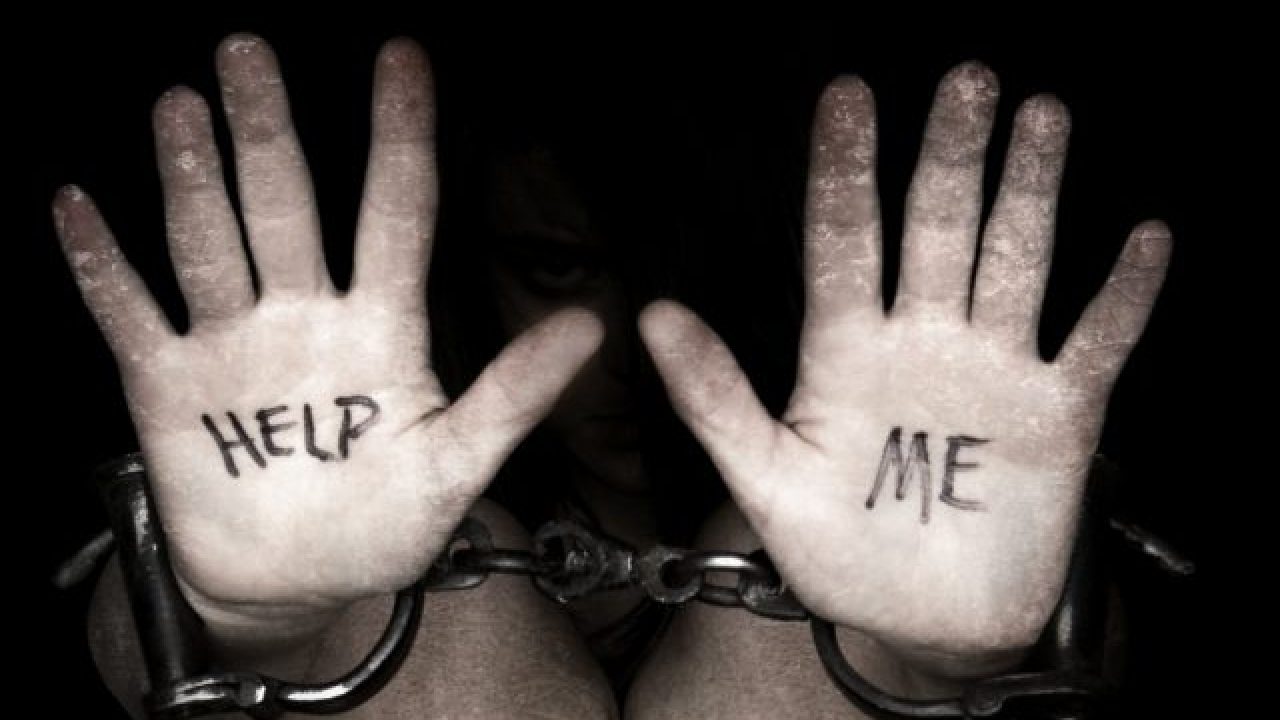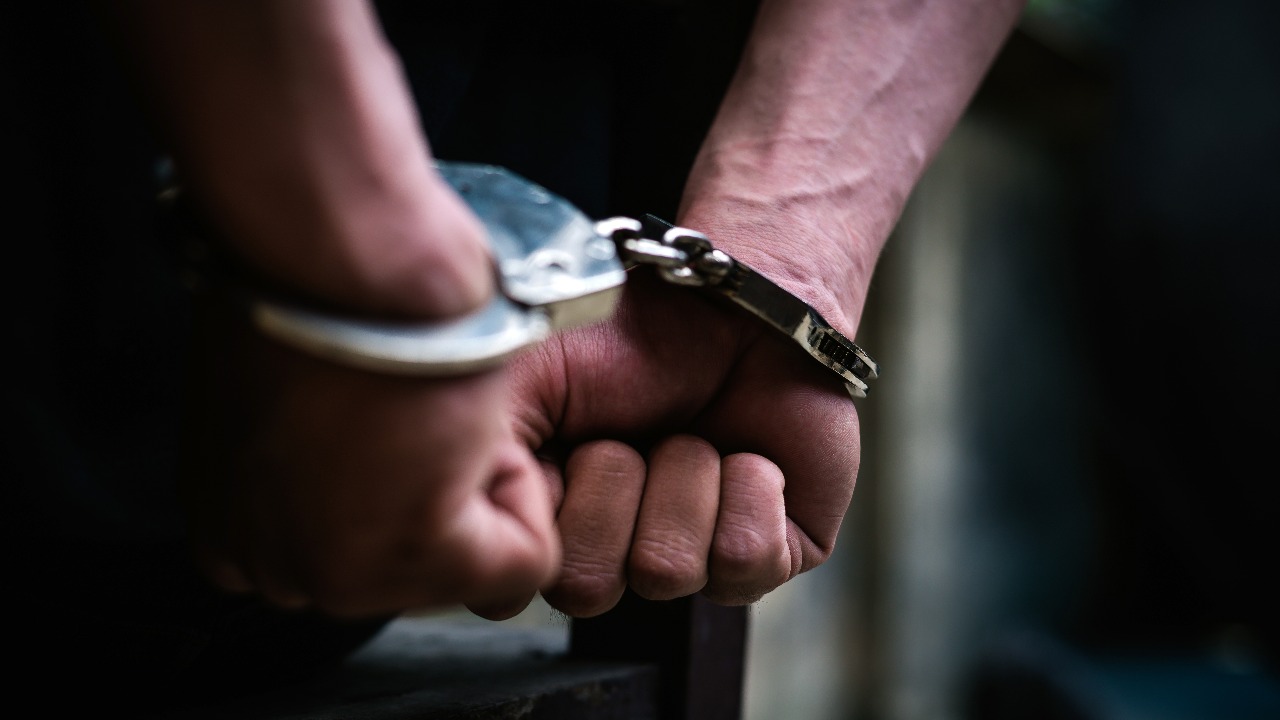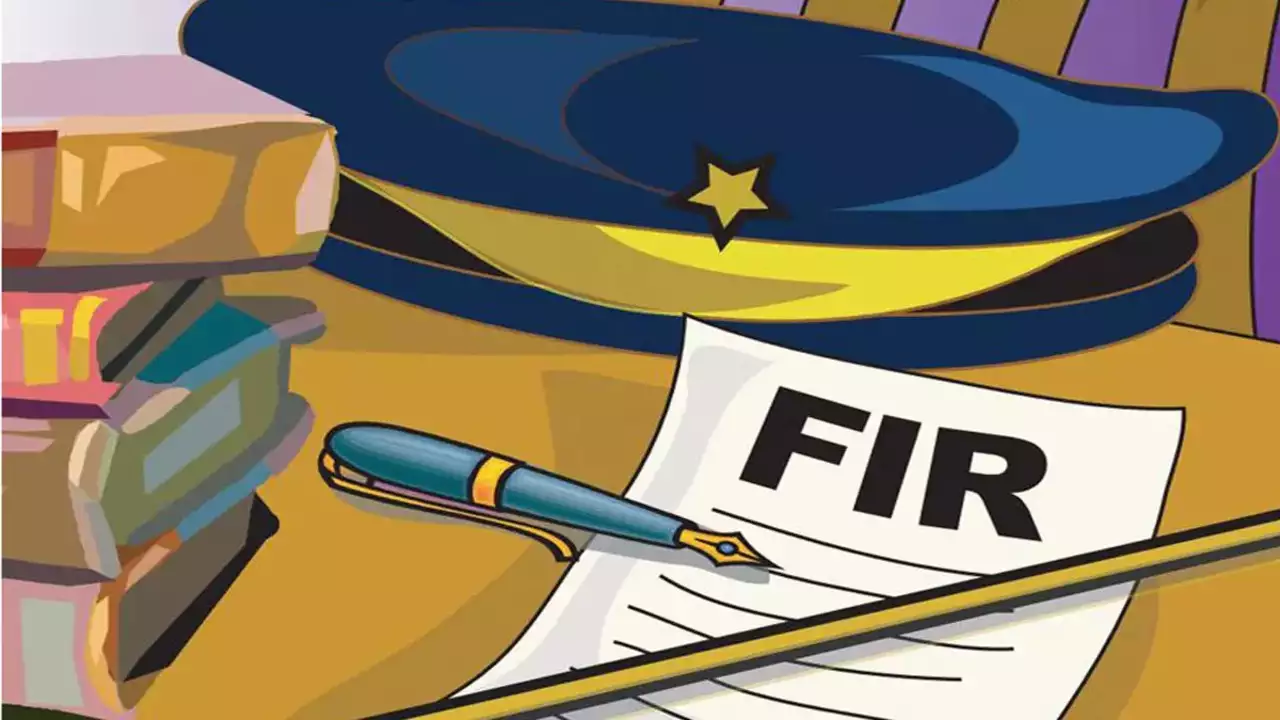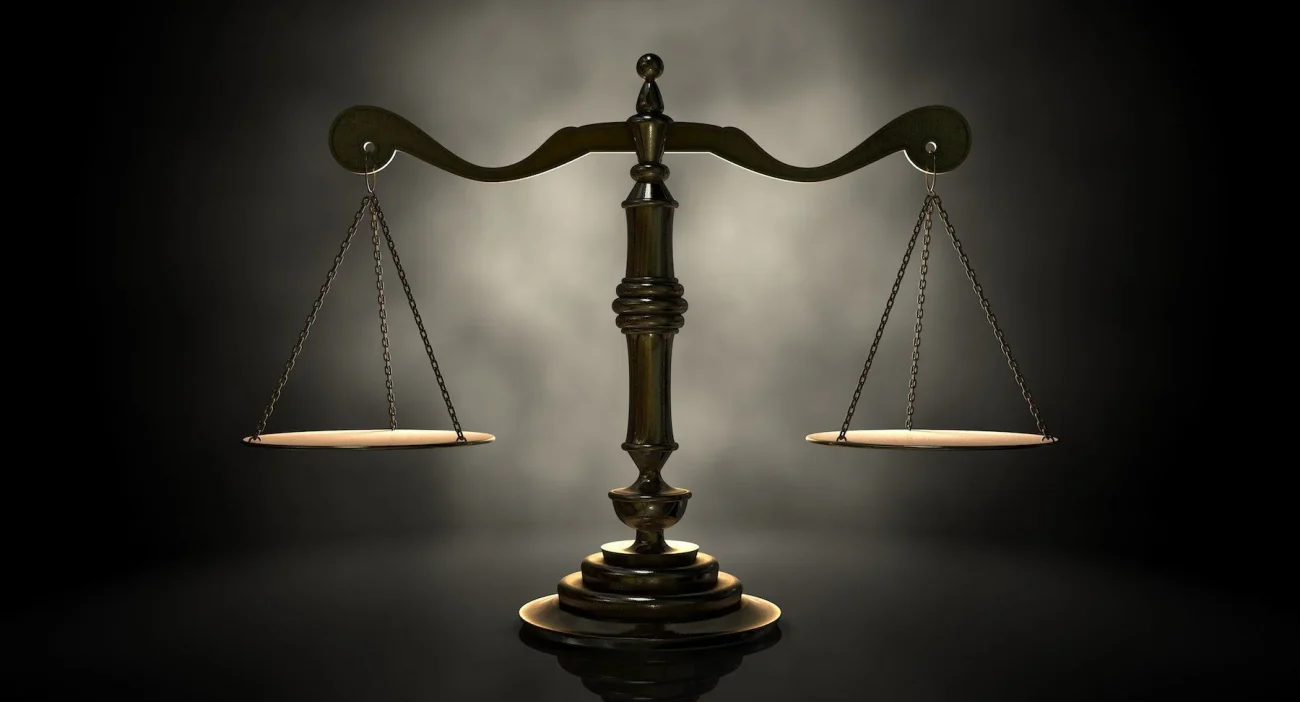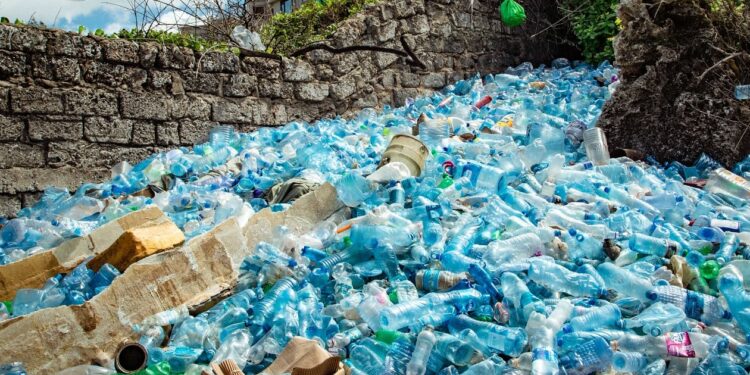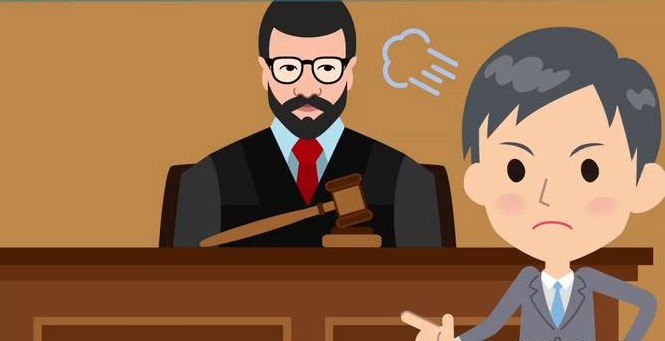Human trafficking is the most disastrous crime committed, especially when it involves children. They don’t even know what is going on and how this can crush their adolescence. Victims are used for the profit of their captors as the industry averages $150 Billion a year and continues to grow.
To deal with these kinds of situations almost 300 years ago, the Indian Slavery Act, of 1843 was passed which outlawed transactions associated with slavery and anyone who would partake in the buying and selling of slaves would be penalized under the Indian Penal Code, 1860.
Human trafficking is really exploitation of humans for personal or financial gains. The victims are subjected to fraud or coercion for commercial sex, debt bondage, or involuntary labor.
Human Trafficking is defined by the United Nations Office for Drugs and Crime (UNODC) in the Trafficking Protocol as ‘the recruitment, transport, transfer, harboring or receipt of a person by such means as threat or use of force or other forms of coercion, abduction, fraud or deception for exploitation.
Human trafficking can happen in any country. The captivators don’t look for a certain age or community. Victims can be of any age, race, gender, or nationality. Traffickers might use violence, manipulation, or false promises of well-paying jobs or romantic relationships to lure victims into trafficking situations. Language barriers, fear of their traffickers, and/or fear of law enforcement frequently keep victims from seeking help, making human trafficking a hidden crime.
The root cause of human trafficking is no proper knowledge and improper precautions regarding the same. The major share in the ratio of human trafficking is usually from the rural area where there is no source of proper education. Human trafficking is usually divided into 3 types
- Sex trafficking.
- Forced labor.
- Domestic servitude.
Laws against human trafficking in India:
General Provisions
Section 347 – Any person who wrongfully confines any other person to extort from them or to constrain them to engage in illegal acts shall be punished with imprisonment of up to 3 years along with a fine.
Section 357 – Whoever uses assault or criminal force to wrongfully confine a person, shall be imprisoned for a term of up to one year or with a fine of up to rupees one thousand.
Section 363 – Whoever kidnaps a person from India or lawful guardianship shall be punished with imprisonment of up to seven years and will also be liable to be fined.
Section 365 – Whoever kidnaps or abducts with intent secretly and wrongfully to confine a person, shall be punished with imprisonment of up to 7 years along with a fine.
Even today as well there is vagueness and uncertainty in the minds of people about the concept of human trafficking. The government, the media, and educational institutes should partake in creating awareness about it, it is especially important to educate the vulnerable section of society.



